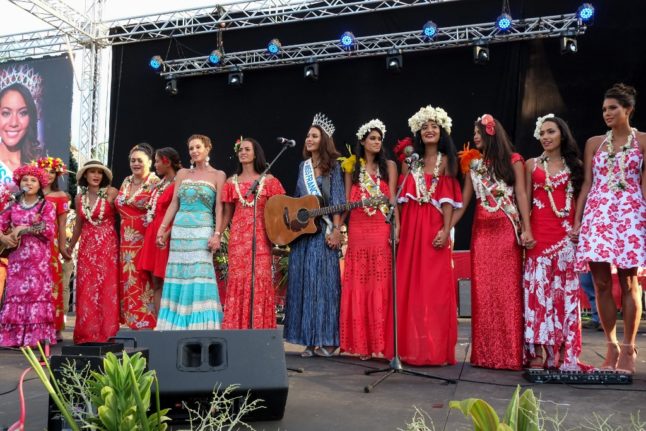As the long-standing but rather archaic competition sails into another controversy – this time it is being sued in the Labour Court – we have selected a quick sample from the 40-question test paper that the women had to sit last year.
You can us discussing the latest Miss France news – and trying our hand at the quiz – in the latest episode of the Talking France podcast. listen on the link below, or find it on Spotify, Apple or Google or download it HERE.
So test your knowledge and see if you could one day qualify to represent France on the world stage while wearing a swimsuit.
READ ALSO Do you know France well enough to get French citizenship?
Quiz Maker – powered by Riddle



 Please whitelist us to continue reading.
Please whitelist us to continue reading.
Member comments